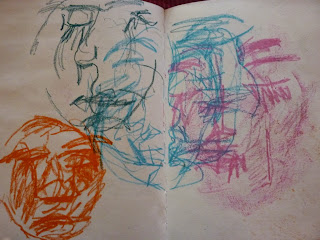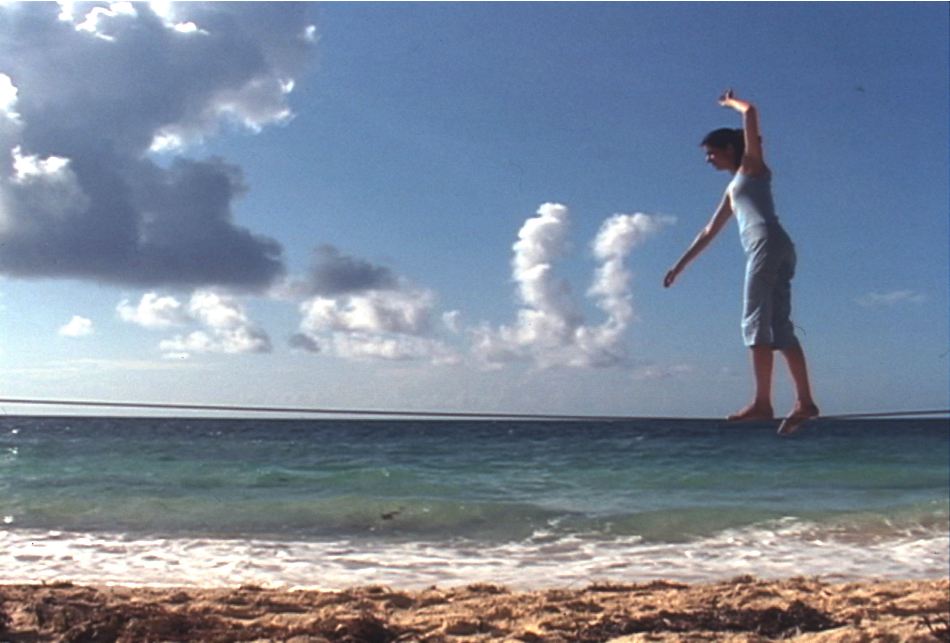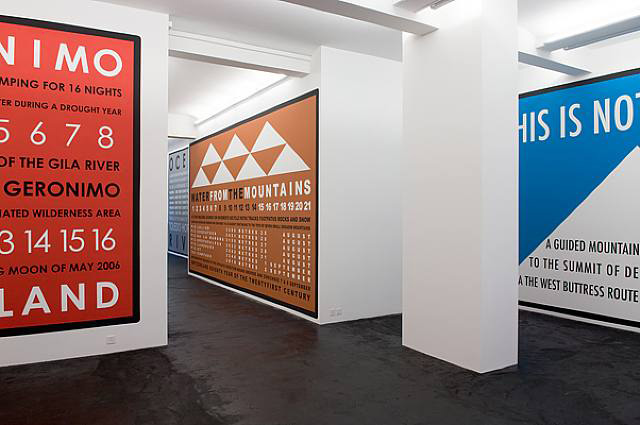At college this week, we have been looking at experimental methods of drawing and mark making when exploring ideas. I have researched artists who use non-traditional methods of drawing to fully understand the concept of experimental drawing and approach it as a thought process in my own work.
Jennifer West
still from 'One Mile Film' (2012)
still from 'One Mile Film' (2012)
By taking an old, unused film, Jennifer West creates something new, contemporary and exciting with the use of mark making. By 'damaging' and changing the condition of the film tape, she creates new films which seem to have a texture and many different layers to them. There is so much movement as the film and the marks over the top move together, but you are not detracted from the marks by the main film, rather they work together as one piece and the marks becomes part of the scenery.
Matthew Harris
Temple Notebook
Matthew Harris, using paper and collage, has created two abstract pieces, translating drawing on to the paper using marks, layering, and inks. I really like the textural quality of this work and the different marks involved.
Julie Mehretu
Renegade Delirium (2002)
In Mehretu's work, there are many layers consisting mainly of paint and drawn lines, with different colours, textures and shapes creating an abstract image. Mehretu adds to the paint using pencils, inks and pens, creating marks that represent architectural features that overlay each other to create a more abstract piece.
At college, I did some experimental drawing of my own to help develop ideas and as part of my thought process and thinking skills. To begin with, I folded paper using different lines and directions to create an interesting shape and lines.
studies from the folded paper using shoe polish and collage
masking tape, cotton thread and collage on paper
Close up images of the above study.
Thread sewn into paper, electrical tape and collage
Close ups of the above study
Another task set for us at college was drawing with our eyes shut and only using touch as a means to describe what we were drawing onto the paper. In the image below, there are several studies of my face drawn using oil pastels and my sense of touch. This was a very difficult concept to understand, as it is difficult to be experimental with drawing when my previous work has been so controlled.


































